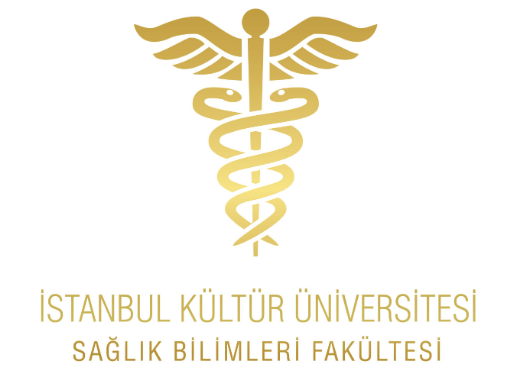Pelvic inflammatory disease risk factors and prevention methods
DOI:
https://doi.org/10.33308/2687248X.202461333Keywords:
Sexually transmitted diseases, prevention, pelvic inflammatory diseaseAbstract
Pelvic inflammatory disease occurs as a result of the progression of endogenous cervicovaginal microorganisms from the cervix to the uterus, with the spread of infection to the upper genital system. Most cases of pelvic inflammatory disease are associated with a sexually transmitted infection. Chlamydia Trachomatis and Neisseria Gonorrhoeae are the most common pathogens that cause pelvic inflammatory disease in sexually transmitted infections. Pelvic inflammatory disease can also be caused by non-sexual infections, such as bacterial vaginosis. It is most common in women aged 15 to 25. The signs and symptoms of the disease can be mild and asymptomatic. The signs and symptoms of the disease can be mild, asymptomatic. Therefore, it may be detected late. The main problems that develop when not detected in time are chronic pelvic pain, infertility and ectopic pregnancy. Therefore, knowing the risk factors that may contribute to the diagnosis of pelvic inflammatory disease may help to diagnose it earlier. This compilation, based on current literature, aims to protect against pelvic inflammatory disease, knowing the risk factors.
Downloads
Published
How to Cite
Issue
Section
License
Copyright (c) 2024 Journal of Health and Life Sciences

This work is licensed under a Creative Commons Attribution-NonCommercial-NoDerivatives 4.0 International License.

